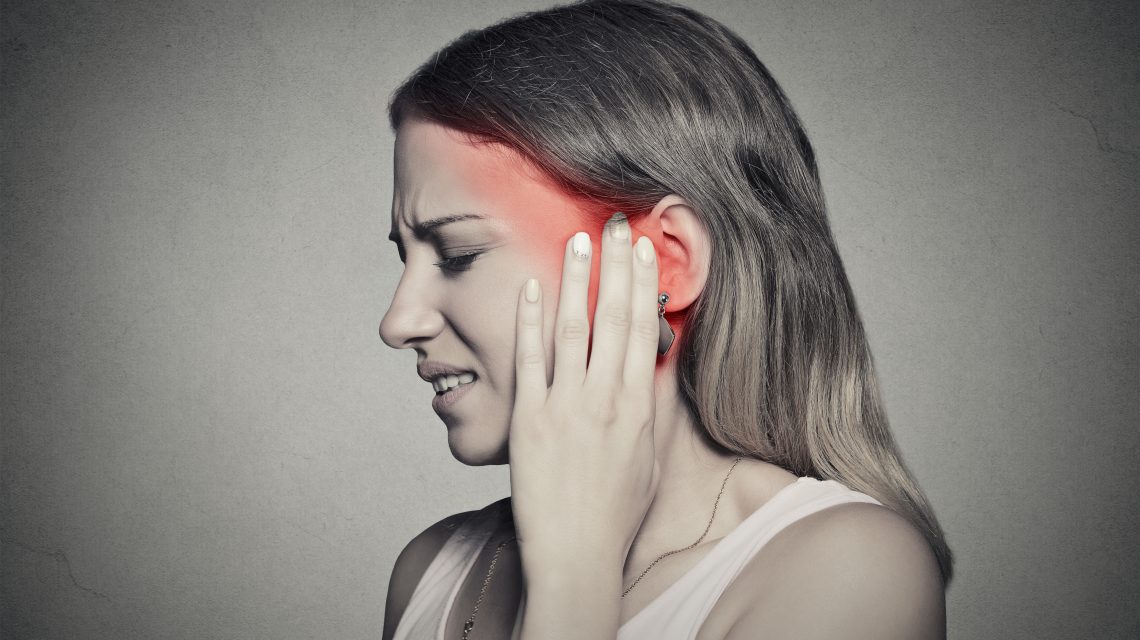Trigeminal neuralgia (TN) is characterized by classic signs and symptoms that are distinctive due to the nature of the nerve pain and the affected regions. It typically involves the trigeminal nerve (cranial nerve V), which supplies sensory information to the face.
Classic Signs and Symptoms of Trigeminal Neuralgia
1. Sudden, Severe Facial Pain:
- Pain is intense, sharp, stabbing, or shock-like in quality.
- Often described as one of the most severe types of pain.
2. Unilateral Pain:
- Symptoms usually occur on one side of the face (unilateral), though bilateral TN is rare.
3. Distribution Along Trigeminal Nerve Branches:
- Pain commonly follows the sensory distribution of the trigeminal nerve:
- V2 (maxillary branch): Cheek, upper lip, upper teeth, and side of the nose.
- V3 (mandibular branch): Jaw, lower teeth, lower lip, and chin.
- V1 (ophthalmic branch): Forehead, scalp, and around the eye (less commonly involved).
4. Trigger Zones:
- Specific areas on the face (e.g., cheek, lips, gums) that, when touched or stimulated, trigger the pain.
- Common triggers include:
- Brushing teeth.
- Chewing.
- Speaking or smiling.
- Light touch or even wind.
5. Brief, Recurrent Episodes:
- Pain occurs in sudden, short bursts, lasting seconds to a few minutes.
- Episodes can recur multiple times a day, often in clusters.
6. Refractory Period:
- After an attack, there may be a temporary “refractory period” where additional stimulation does not trigger pain.
7. Asymptomatic Periods:
- There may be pain-free intervals between episodes, especially early in the disease course.
- Over time, the condition may worsen with fewer or no pain-free periods (chronic TN).
8. No Sensory Loss:
- In classic TN, there is no loss of facial sensation, as the condition affects the myelin sheath of sensory fibers rather than the nerve itself.
- Sensory loss may suggest atypical TN or another underlying cause (e.g., tumor, multiple sclerosis).
9. Psychological Impact:
- The severity and unpredictability of pain can cause significant anxiety, fear, and emotional distress.
10. Atypical Features (Possible in Some Cases)
- Constant burning, aching, or tingling pain (seen in atypical TN or mixed presentations).
- Symptoms lasting longer than a few minutes.
- Bilateral facial pain (rare and may suggest secondary causes).
11. Common Causes or Triggers
- Compression of the trigeminal nerve, often by a vascular loop (e.g., superior cerebellar artery).
- Multiple sclerosis, leading to demyelination of the trigeminal nerve.
- Post-herpetic neuralgia or facial trauma.
- Tumours affecting the trigeminal nerve pathway.
- Malocclusion resulting in posteriorly and/or medially positioned TMJ condyle causing compression of surrounding anatomy.
12. Diagnosis
- Clinical Examination: Based on history and characteristic pain distribution.
- Imaging (MRI): To rule out secondary causes like tumours or vascular anomalies.
- Neurological Exam: Usually normal in classic TN but can reveal sensory deficits in atypical cases.
- When tumours, MS and other causes of compression are ruled out, a thorough examination of the TMJ and occlusion to assess the possibility of malocclusion causing symptoms
13. Management
- Medications:
- Carbamazepine: First-line treatment.
- Other anticonvulsants (e.g., Oxcarbazepine, Gabapentin, Lyrica).
- Baclofen or tricyclic antidepressants for adjunctive therapy.
14. Surgical Options (for refractory cases):
- Microvascular decompression.
- Gamma knife radiosurgery.
- Percutaneous procedures (e.g., rhizotomy).
- An anatomical orthotic to stabilize the mandible, centering the condyle rather than allowing it to be distally positioned, thereby decompressing the surrounding anatomy, including nearby nerves.
- Phase 1: orthotic worn 22/24 hours per day to allow for decompression and healing
- Phase 2: orthotic worn at night only; if symptomatic without orthotic at this stage, correction of malocclusion would be indicated
Summary
The hallmark signs of trigeminal neuralgia include sudden, severe, unilateral, shock-like facial pain in the trigeminal nerve distribution, triggered by specific stimuli, with periods of relief between episodes. Accurate diagnosis and differentiation from other causes of facial pain are essential for effective management.
– Written by Dr. Agatha Bis




